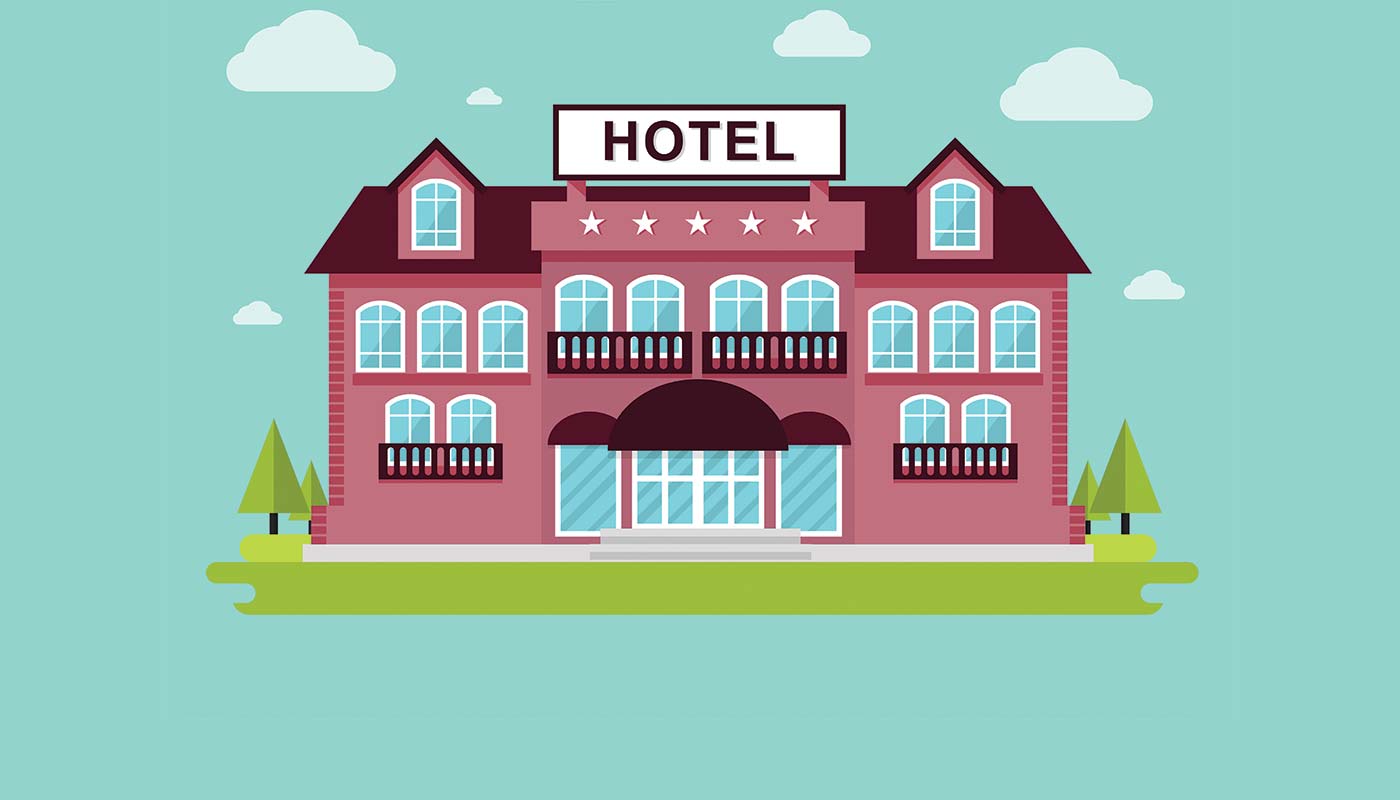The hotel business is significantly more complicated than people initially think. There’s layers of nuance, understanding and history that can only be understood after some time in this business. So, for our next series of articles, we’re going to demystify some of the elements of the hotel business.
For this one, we’ll start with a basic question.
Who Owns Hotels Anyway?
Well, that’s a more complicated answer than the question poses. Hotels can be owned by the hotel companies themselves, individuals, major real estate groups, a collection of investors and more. But it wasn’t always this way. Over time, ownership structures have become more nuanced and complicated, and we’ll examine these varietals more closely in upcoming pieces.
But first, we must look back on the early and mid-20th century. To know where we are now, and where we’re heading, we must first look back at the past.
Motor Courts
In the early days, hotel ownership was basic, both in how the business operated and the type of hotels – aka motor inns — that were built outside the major cities. You know the ones; they typically had one or two floors with room doors that were to the outside, also known as exterior corridor properties in today’s vernacular. Back then, they were mostly known as motor courts, and hotel ownership was a function of individuals owning a single hotel, or a few in the same region known simply as motel chains. But, for the most part, they were out there on their own, hoping for people to come by for a night or an extended stay.
Of course, in the major cities, you had the grand dame properties such as the WaldorfAstoria, The Willard and the Peabody hotels, which during this time were individually owned.
Tentative Affiliation
During the 1930s, the industry saw its first distinct move to modernization with the creation of referral chains. Predating franchising as we now know it, these properties were an association of hotel owners that loosely teamed up by recommending other properties in the group to guests. The idea was that travelers wanted hotels up to their standards wherever they may travel, and if hoteliers could recommend business to other hoteliers, they could all be more successful together. This led to the creation of United Motor Courts in 1933, which was predominantly in California and Arizona, as well as other similar groups.
There were several notable companies that started around this time too, including Quality Courts, a referral chain that over the decades morphed into Choice Hotels.
More of these types of groups appeared during the 1930s, many publishing guidebooks that shared details of many hotels. However, it is important to note that AAA published the first ever stand-alone hotel guide, which was cobbled together from its American Motorist magazine.
Highways Change Everything
With the rise of the U.S. interstate highway system put into place by Dwight Eisenhower, everything changed. People fell in love with travel, and with it, the need for hotel stays where people could feel confident about the quality of the hotel product.
Enter Kemmons Wilson, who realized this early on. By now, most know the story of how Mr.Wilson was unhappy during a cross country family road trip with the hotels he encountered. He was so ruffled by the lack of consistency and quality accommodations, he decided to start a hotel company to fix this problem. He based the company on the franchise model, a system where individual owners all take the brand name, follow a specific set of rules and criteria designed to give guests a consistent experience, and benefit from a larger property footnote that is recognizable by customers.
He opened the first one in Memphis, TN, during the summer of 1952, and, well, the rest is history.
The birth of the hotel franchising business changed everything, including the rise of the mega hotel corporations. But it couldn’t have happened without technology, which is still transforming the hotel business today.
Whereas the major hotel companies scooped up independent hotels because of their ability to lead through technology, smart technology is changing the rules once again. It’s become the great equalizer, giving independent hotels access to same pool of potential guests as the major hotel companies. Cloud-based property management systems such as the SkyTouch Hotel OS®, seamlessly connect independent hotels to a wide array of distribution channels. The SkyTouch Hotel OS, for example, leverages the power of two-way channel distribution management via XML connections with Online Travel Agency (OTA), Global Distribution System (GDS) and a customizable (branded) Internet Booking Engine (IBE) from a single cloud-based hotel PMS system. This increases efficiency and reach to many OTA sites.
The birth of the hotel franchising business changed everything, including the rise of the mega hotel corporations. We’ll get into that in our next piece.




